No content results match your keyword.
Content
You have successfully logged out.
Not registered yet?
Introcan Safety® 3
Safety meets intuitive handling: Since 1962 we have constantly raised the bar in safe patient access.
With Introcan Safety® 3 we advanced our design concept, integrating new safety features: more protection from blood exposure and needlestick injuries come along with higher control and convenience. Both patients and clinicians will benefit.
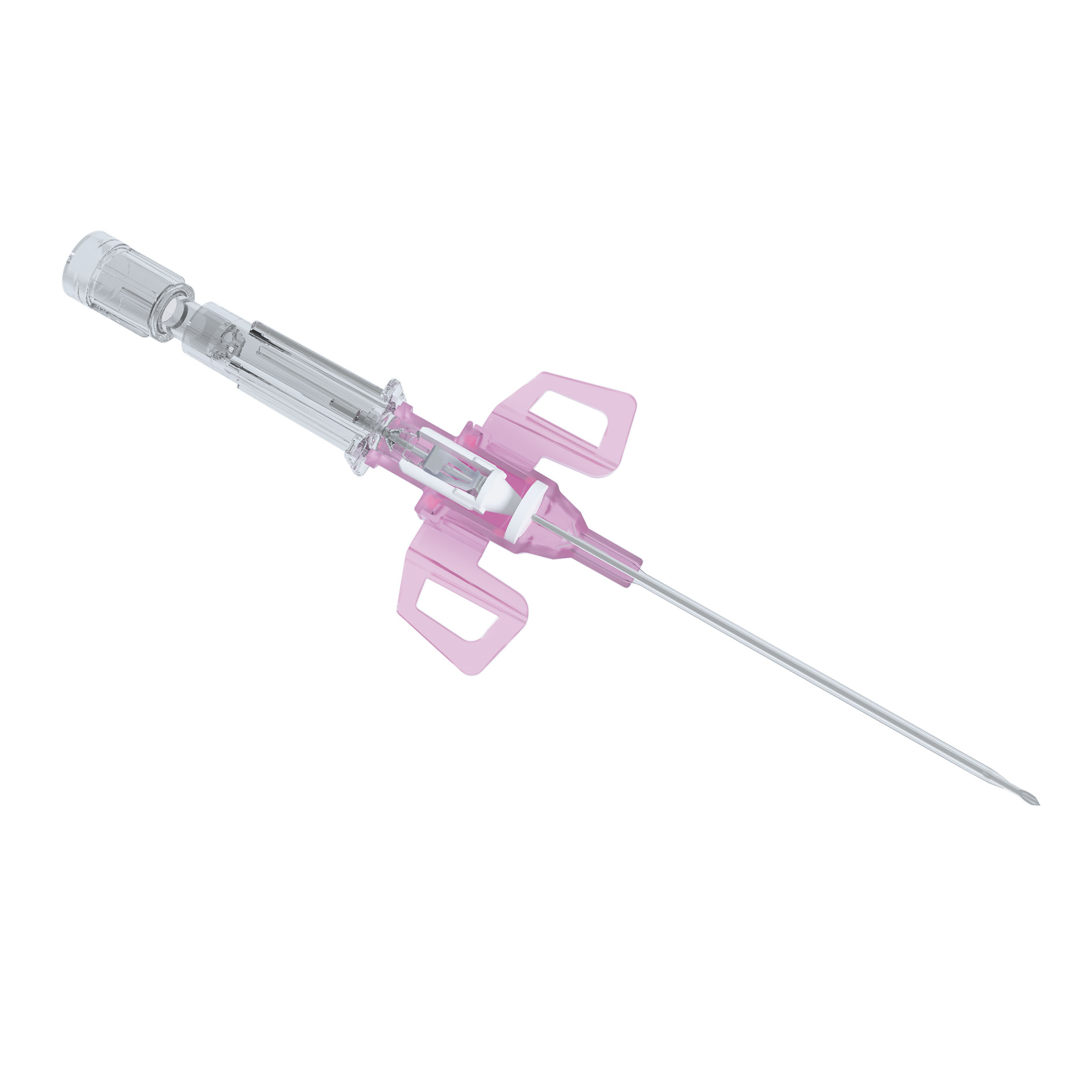
/
/
/
/
Free your hands: The multi-access blood control septum helps to protect both, clinicians and patients, from blood exposure during catheter insertion and while disconnecting a device from the catheter hub.1
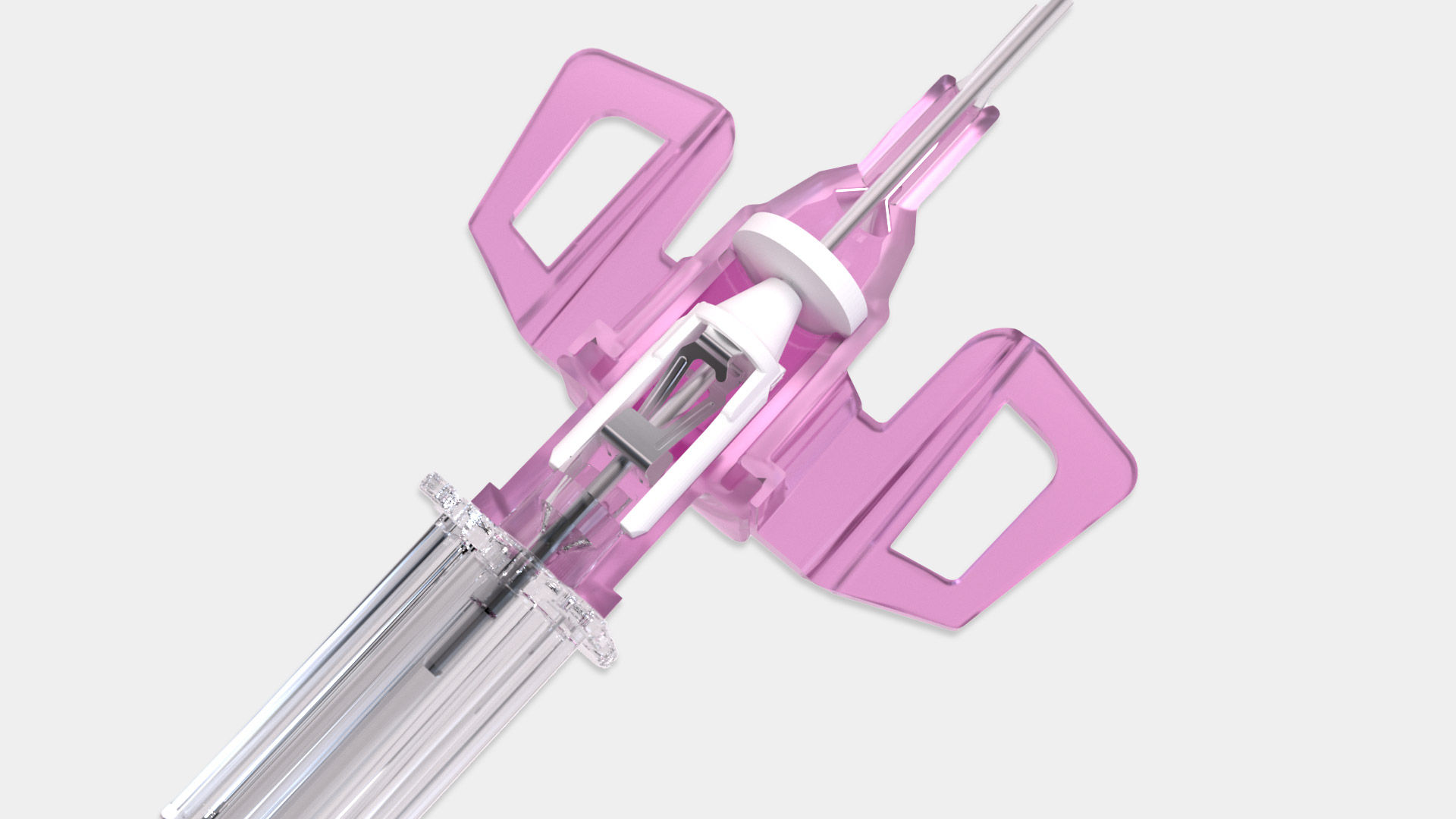
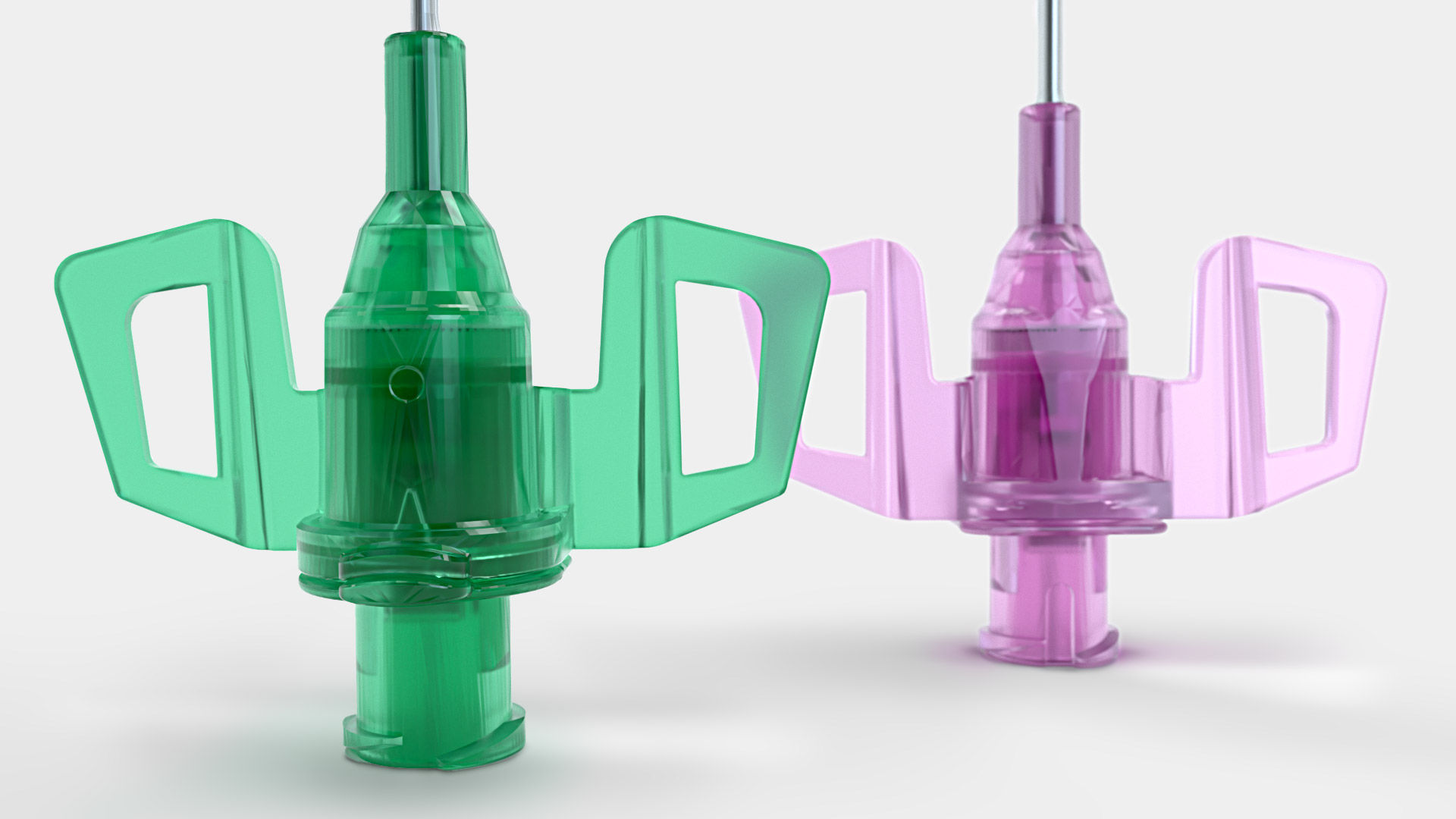
Always be in control: The sophisticated catheter securement helps to reduce catheter movement and related complications.2, 3, 4
Free your mind: A passive fully automatic protection helps eliminating needlestick injuries and related infections. It deploys automatically, cannot be bypassed and requires no user activation.5, 6
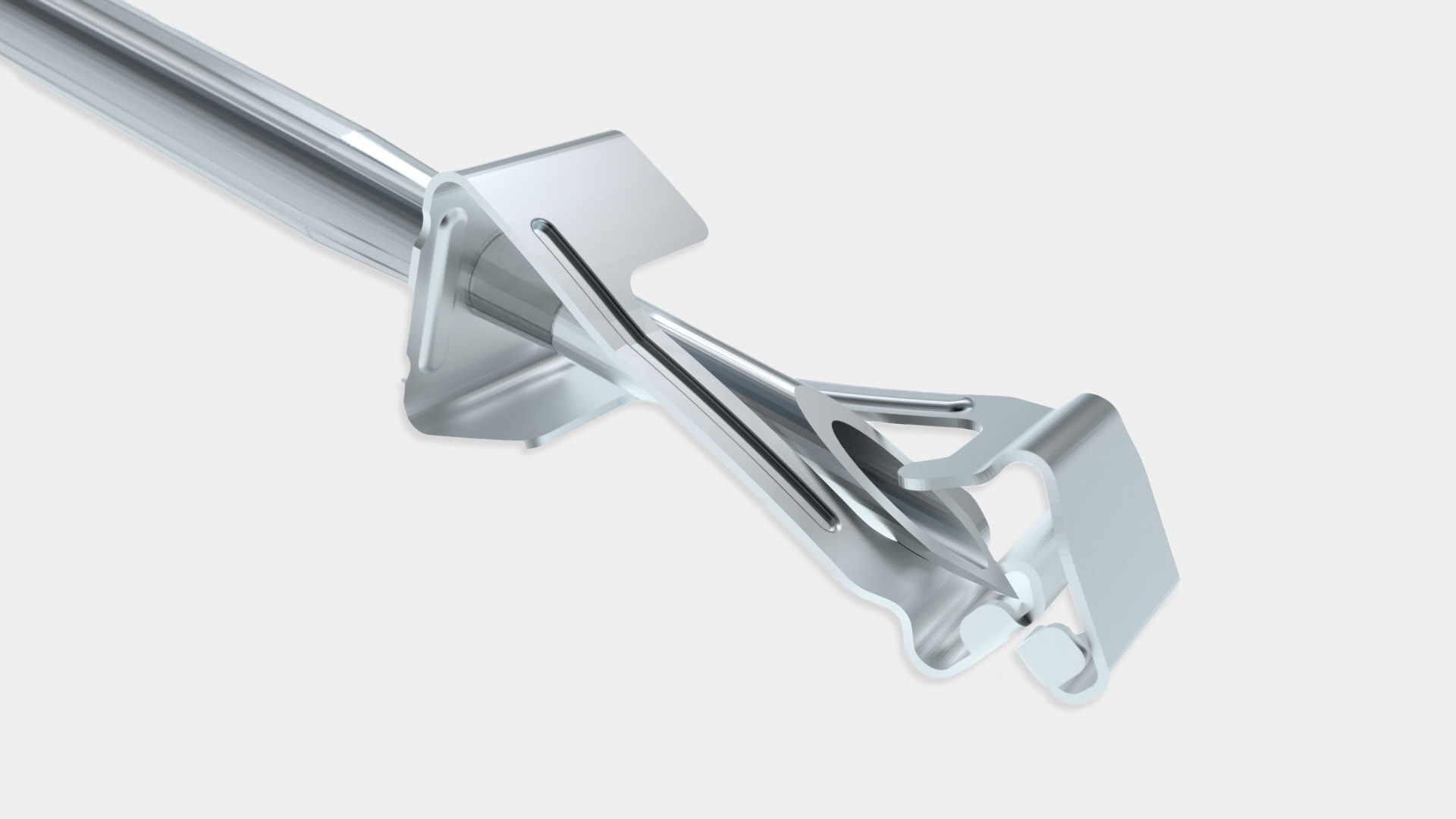
Unique safety in series. Introcan Safety® 3 can be used for all patients receiving infusion therapy. Thanks to our broad portfolio (G14-G24), it is the right choice for meeting all kinds of application needs. In hospital and home care.
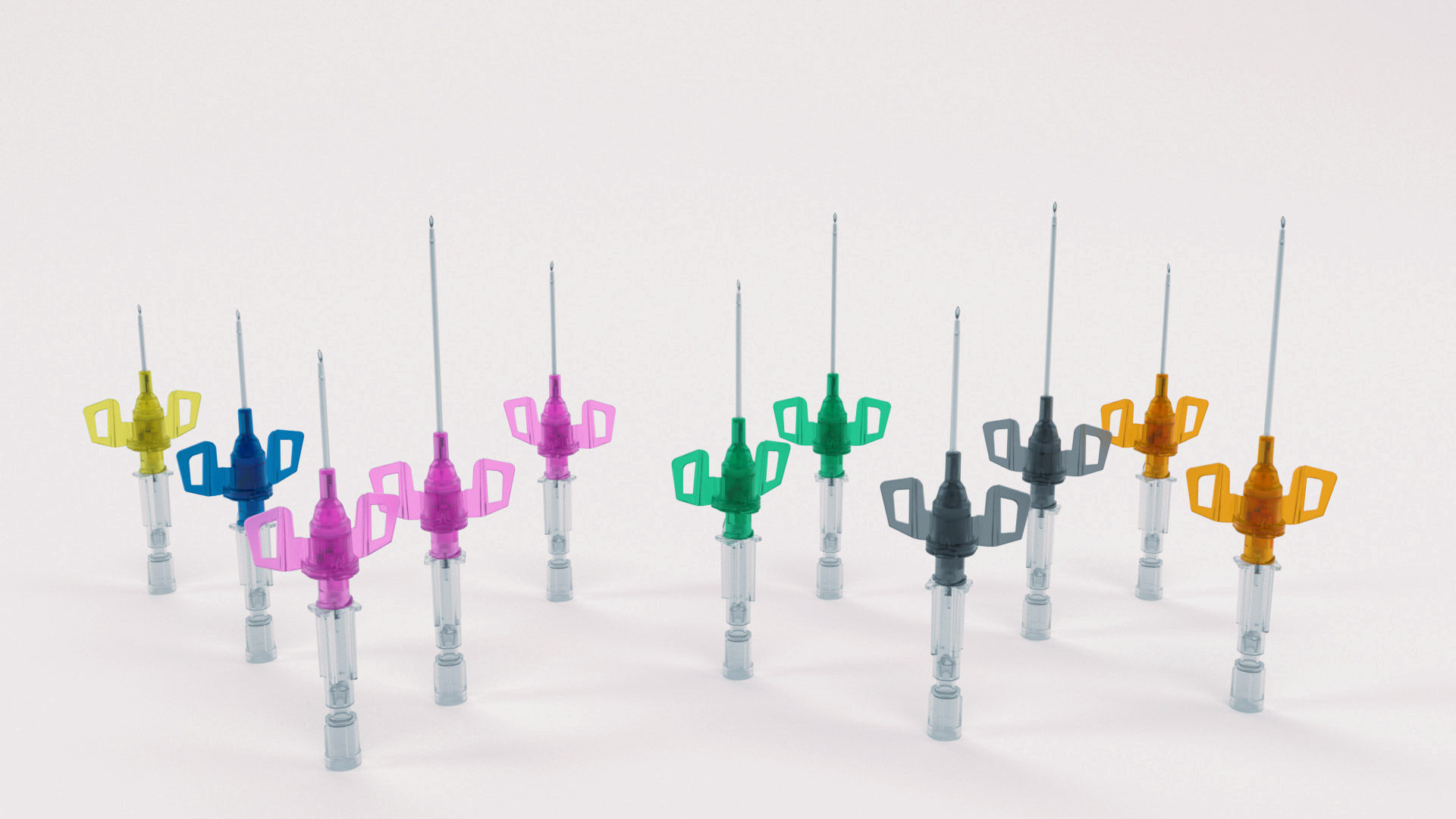
Constructed to withstand high pressure.
Rely on it: Introcan Safety® 3 is also indicated for 300 psi power injector applications (G18-G24) in radiology.
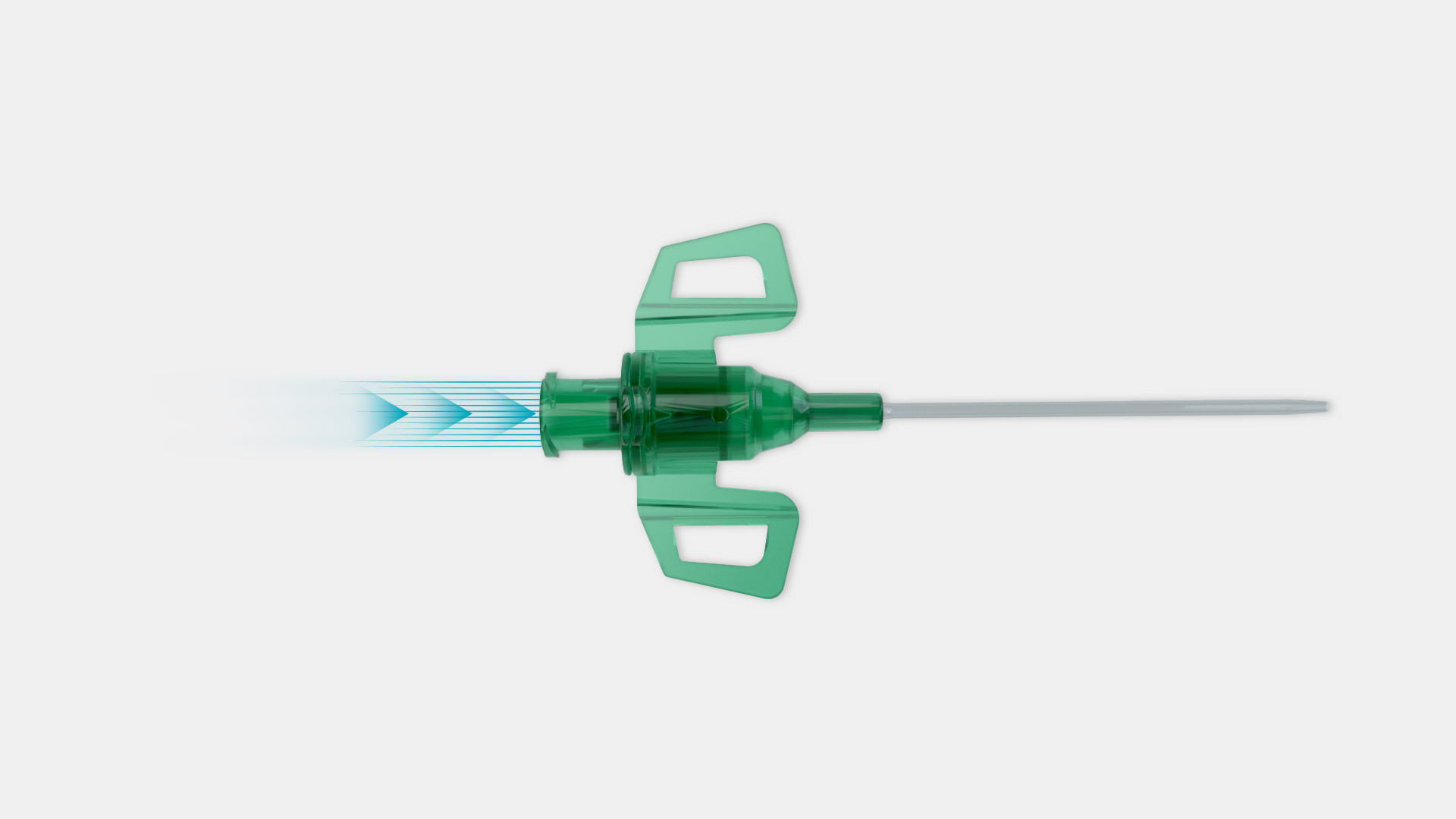
Your feedback matters! Participate in our customer survey to help us enhance our website, products and services. Thank you for your support!